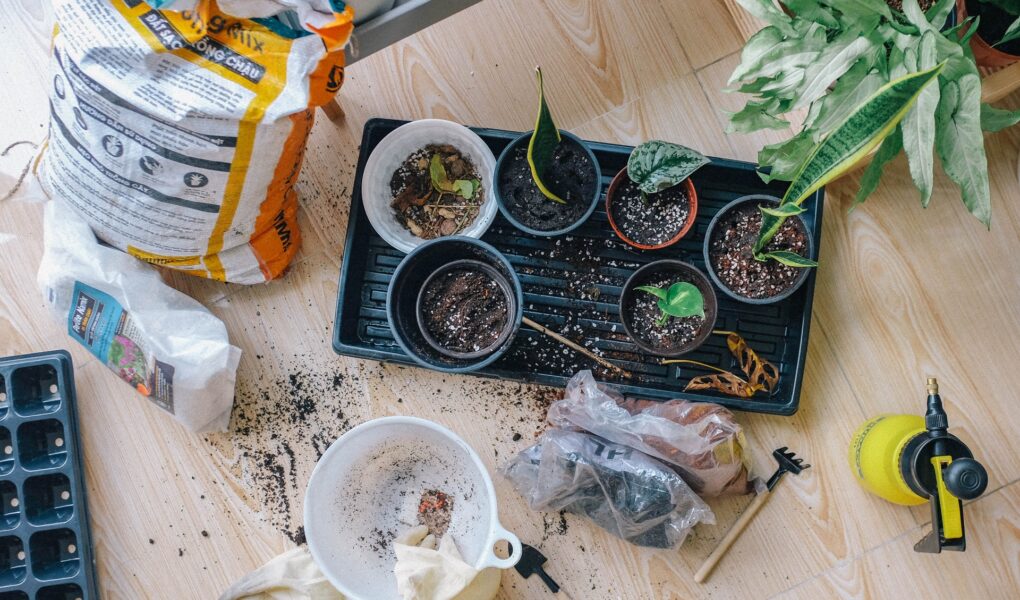Make your gardens and trees easier to take care of by using organic mulch to retain moisture, keep weeds down, and cool the soil in hot weather. Mulch can also make a garden look better. Organic mulches can also protect trees and garden plants during the cold winters in many areas of the country.
Finding an Arborist To Apply Mulch
Homeowners in Central Ohio can look for Arborists Near Me online or through local nurseries or newspapers. Companies such as Ahlum & Arbor Tree Preservation offer dependable services such as tree and shrub maintenance and pruning, plant health care services, the application of mulches, and consulting services. A professional landscape service can save homeowners time and money while preserving trees and maintaining attractive landscapes.
What is Organic Mulch?
Mulch is defined as any material that can be spread or laid on top of the soil as a covering. There are organic mulches and non-organic mulches. Non-organic mulches are materials such as ground-up rubber, plastic sheets, landscape fabric, and stone. Organic mulches break down, adding nutrients to the soil and helping to control drainage. Mulches are used to improve flower beds, vegetable gardens, and areas around the base of trees.
The benefits of mulches depend on using the right mulch material for each area. Mulches cut down the time for watering, keep weeds down, fight pests, hold moisture in, and help plants and trees stay healthy.
6 Types of Organic Mulches
There are 6 types of organic mulches to consider for different areas of the landscape.
1. Shredded or chipped bark. These mulches are better to use around trees, shrubs, and gardens beds where there won’t be much digging. This could be foundation plantings or gardens along walkways. They are dryer and do not break down as fast. Wood-type mulches do not combine well with garden soil.
2. Pine needles. Pine needles work as mulch in flower beds and gardens where it won’t matter if they lower the pH of the soil. They need to be applied in a thick layer of three to four inches.
3. Newspaper. Four to eight sheets of newspaper can be laid down around plants and then covered with a layer of three to four inches another organic mulch. Newspaper can also be shredded but can blow away if allowed to dry out.
4. Leaves that are shredded. Shredded leaves can be used anywhere and are free. They will encourage beneficial earthworms in the garden soil. Spreading a layer over a vegetable garden in the fall will allow the leaves to break down and enrich the soil over the winter.
5. Grass Clippings. This mulch has both benefits and downsides. Grass clippings are better used in remote gardens to suppress weeds. They can be slimy and smelly, and leaves can mat down and not allow water to be easily absorbed. This mulch is free and can be used on unplanted open areas or be put in the compost pile or bin. The grass clippings should be from an untreated lawn. You do not want lawn care chemicals on vegetable gardens.
6. Straw and hay. These materials are good for vegetable gardens. They keep dirt and soil-borne diseases from getting on lower plant leaves. Straw decomposes slowly, so it will last a whole season.
Mulches do a lot of good for trees and gardens but take a lot of time and effort to apply. This is a good job for an arborist or landscape company to do. They have mulch in bulk and the equipment to make quick work of applying it. They also know the right type of mulch to apply to each type of garden or tree.




